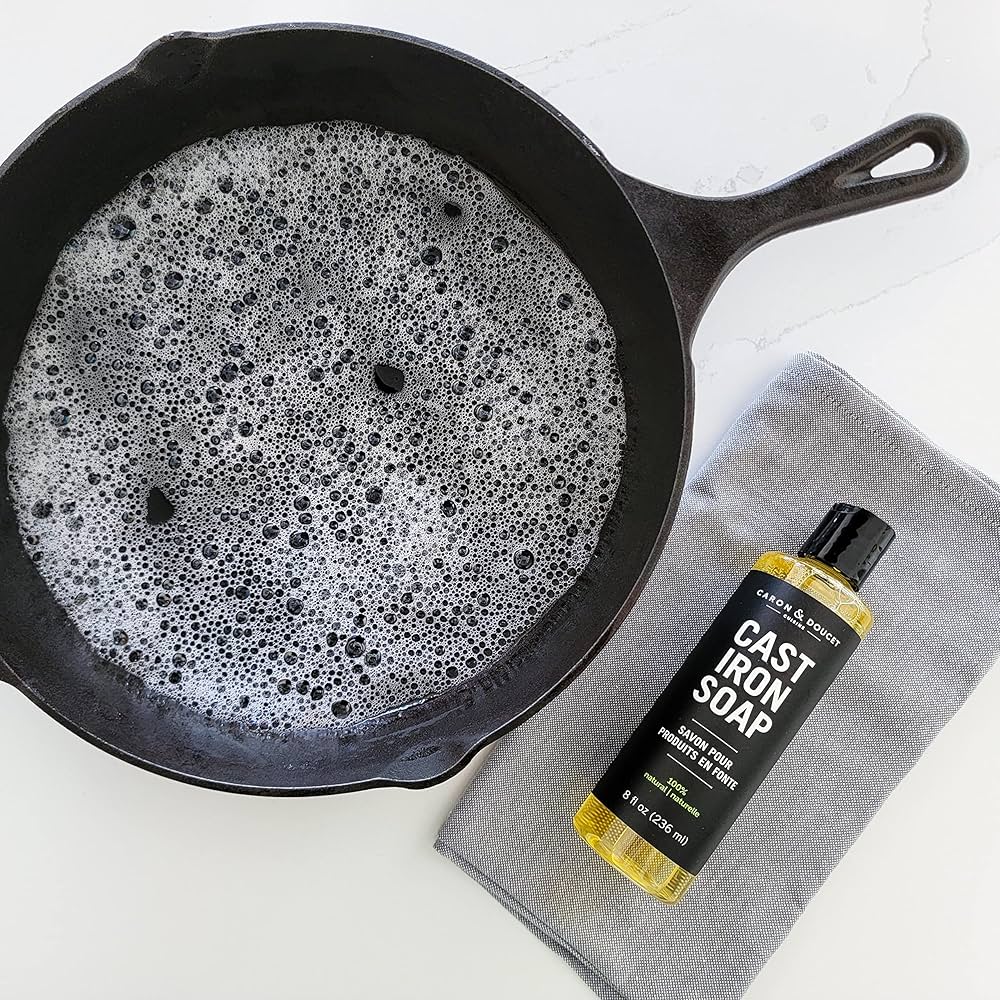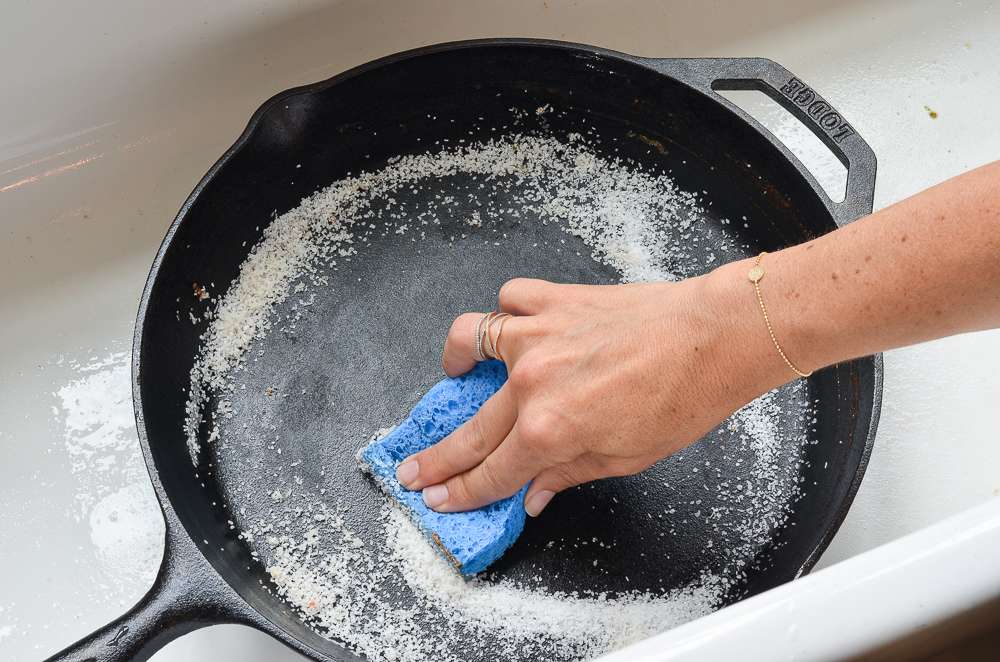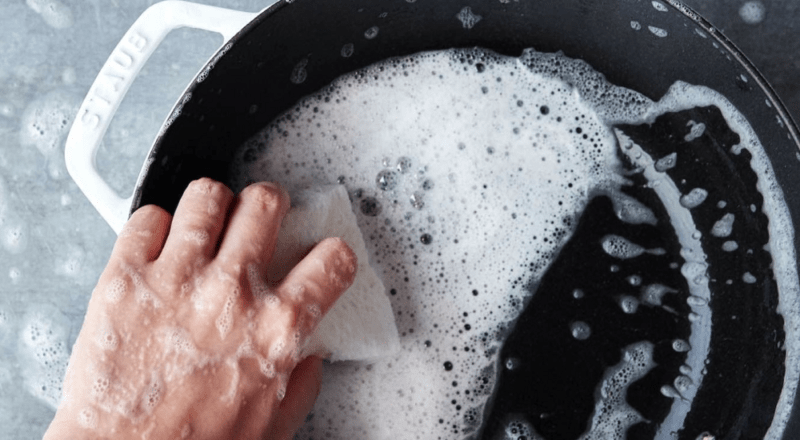Cast iron cookware is a cherished asset in many kitchens due to its durability and exceptional cooking performance. However, rust can be a significant issue, particularly if the cast iron is not maintained correctly. In this article, we will delve into the best techniques and technologies for how to derust cast iron, ensuring it remains useful and efficient for years to come.

Understanding Rust: What Is It?
Rust, also known as iron oxide, forms when iron reacts with oxygen and moisture. While a small amount of rust on your cast iron cookware might seem like a mere inconvenience, it can deteriorate the quality of the cookware over time.
Why Cast Iron Rusts
Rust can develop on cast iron due to prolonged exposure to moisture, improper cleaning, or even environmental conditions. Understanding why cast iron rusts is essential in preventing unnecessary damage.

Preparation: Gathering Your Tools
Before starting the derusting process, gather the necessary tools and materials. You will need:
- Steel wool or a stiff brush
- White vinegar
- Baking soda
- Dish soap
- Clean, dry towels
- Cooking oil (vegetable oil, flaxseed oil, or canola oil)

Step 1: Initial Cleaning
Begin by washing the cast iron piece with warm, soapy water. Use a stiff brush or sponge to remove food residues. Dry it thoroughly with a clean towel.

Step 2: Vinegar Soak
Soaking the cast iron in a solution of equal parts white vinegar and water can help remove rust. Submerge the cast iron item in the solution for up to eight hours, checking periodically. Do not leave it in the solution for too long as it may cause further damage.
Step 3: Scrubbing the Rust
Using steel wool or a stiff brush, scrub the rust off the cast iron. Be thorough, but avoid damaging the underlying metal. Rinse and dry the cast iron completely afterward.
Step 4: Baking Soda Treatment
Sprinkle baking soda onto the cast iron and add a small amount of water to form a paste. Scrub the paste into the surface using a brush. Baking soda neutralizes any remaining vinegar and helps to remove minor rust stains.
Step 5: Thorough Rinse and Dry
Rinse the cast iron well with warm water and dry it completely using clean, dry towels.
Seasoning the Cast Iron
Once your cast iron is rust-free, it is crucial to season it to protect against future rusting and to keep its non-stick properties.
How to Season Cast Iron
Step 1: Applying Oil
Apply a thin layer of cooking oil to the entire surface of the cast iron, including the handle and the bottom. Make sure to coat it evenly.
Step 2: Heating in the Oven
Place the oiled cast iron upside down in your oven. Set the oven to 450 degrees Fahrenheit and bake for one hour. Place aluminum foil on the bottom rack to catch any oil drips.
Step 3: Cooling Down
After one hour, turn off the oven and let the cast iron cool inside the oven. This helps to bond the oil to the iron, creating a protective, non-stick layer.
Maintaining Your Cast Iron
Proper Cleaning Techniques
Always clean your cast iron cookware with minimal water and avoid using harsh soaps. Dry it immediately and thoroughly after washing.
Regular Seasoning
To maintain the non-stick surface and prevent rust, lightly season your cast iron cookware after each use by applying a thin layer of oil and heating it briefly.
Advanced Derusting Techniques
Electrolysis for Cast Iron
For severe rust issues, electrolysis can be an effective method. This involves using an electrolytic solution and a battery charger to lift rust from the surface of the cast iron.
Using Specialized Rust Removers
Rust removers like Evapo-Rust are specially formulated to remove rust without damaging the metal. Follow the manufacturer’s instructions for best results.
Keeping Your Cast Iron in Top Shape
Routine Inspections
Regularly inspect your cast iron for any signs of rust or wear. Addressing issues early can prevent significant damage.
Using Cast Iron Frequently
Frequent use of cast iron cookware actually helps to maintain its seasoning. Cooking oily foods can help to reinforce the protective layer on the cookware.
Common Mistakes to Avoid
There are common mistakes that can lead to rust formation on cast iron. Avoid soaking your cast iron in water for prolonged periods and always store it in a dry place.
Using Cast Iron For Healthy Cooking
Cast iron is perfect for health-conscious individuals as it requires less oil and retains nutrients well. Keep your cast iron well-maintained to enjoy healthy and delicious meals.
FAQs
Can I use soap to clean my cast iron?
Yes, mild soap can be used, but avoid harsh detergents and ensure the cookware is thoroughly dried afterward.
Do I need to season my cast iron every time I use it?
Not necessarily every time, but regular seasoning helps to maintain the protective layer.
How can I prevent my cast iron from rusting in the first place?
Keep your cast iron dry, apply a thin layer of oil after each use, and store it in a dry place.
As an Amazon Associate, I earn from qualifying purchases.
For more tips on cooking with cast iron, you might find these links helpful: reseason skillets, pot roast, and roast cooking time.

